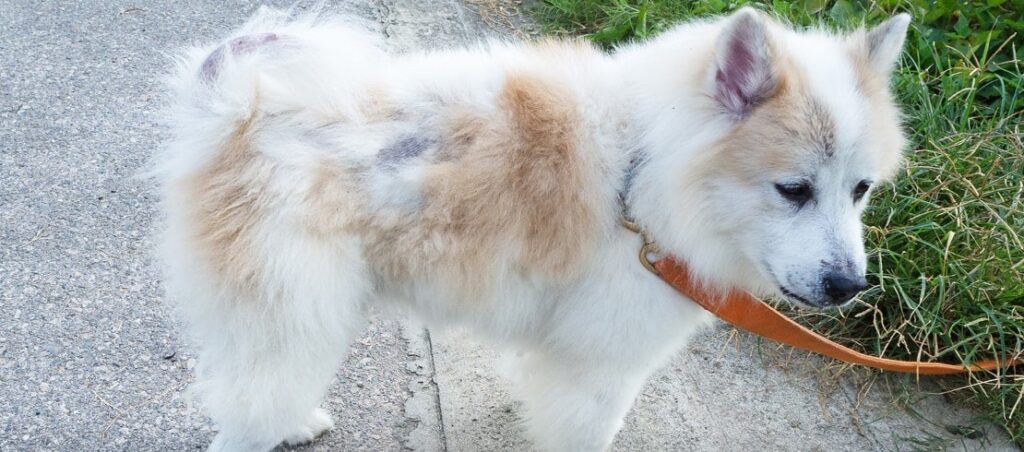Fur loss is quite common in dogs. Numerous reasons can cause your pet to lose their fur. It is not a great sight, and you should take immediate action to bring the situation under control. Visit a vet to find out the causes and learn what needs to be done to prevent your pet from losing more fur. Search online by typing “veterinary near me” to find out which are the leading veterinary hospitals and clinics in your area. In the meantime, let’s find out what is causing your pet dog to lose his fur.
· Seasonal shedding
Brushing your dog twice a week will help reduce, and in some cases eliminate, unwanted hair. Your canine friend tends to shed their fur as they grow older or when the temperature warms up. In hot climates, dogs have thinner hair than in cold areas. Huskies and labradors have thicker fur that sheds during spring. However, if you are residing in a temperate region, seasonal shedding is often reduced.
· Bacterial infections
Fungal or bacterial infections are quite common in canine companions. Pyoderma is a bacterial skin infection that tends to happen if your pet’s skin is red and pus-filled. Yeast infections happen when the yeast present in the dog’s skin tends to overgrow. Another fungal infection, which is quite common in dogs, is the tinea, a ringworm that causes the skin to dry up and damage the fur.
· Mange
An itchy skin condition, mange occurs when mites live on your pet’s skin surface. This organism tends to thrive on the hair follicles of the dog. Other mites, like the scabies one, are quite contagious and can easily transfer to other dogs and even humans. Hence, you need to be extremely careful and seek medical attention if you find mites in your pet’s skin. Don’t come in direct contact with your pet till you visit the vet.
· Allergies
Dogs, like humans, can also suffer from allergies, which can cause them to lose their fur. In fact, it makes their skin itchy as well. Pollen, dust mites, molds, and flea allergies are common in dogs. At times, they might also experience food allergies. To find out what your canine friend is experiencing, it is best to book an appointment at the nearest veterinary hospital and get him checked.
Final words
Stress, poor diet, pregnancy, nursing, or any underlying medical condition can easily contribute to your pet’s fur loss. If you are not sure what is causing this, you should not overlook the matter. Your dog’s pride lies in his shiny coat of fur. When they start losing their fur, they undergo an overall health deterioration that should not be taken lightly. As a responsible pet owner, you should pay attention to your dog’s health and well-being. From what they eat to how often they visit the vet, everything has a direct impact on their health. When you visit the vet, he will identify the cause of his fur loss and will start the treatment immediately to reverse the condition.







